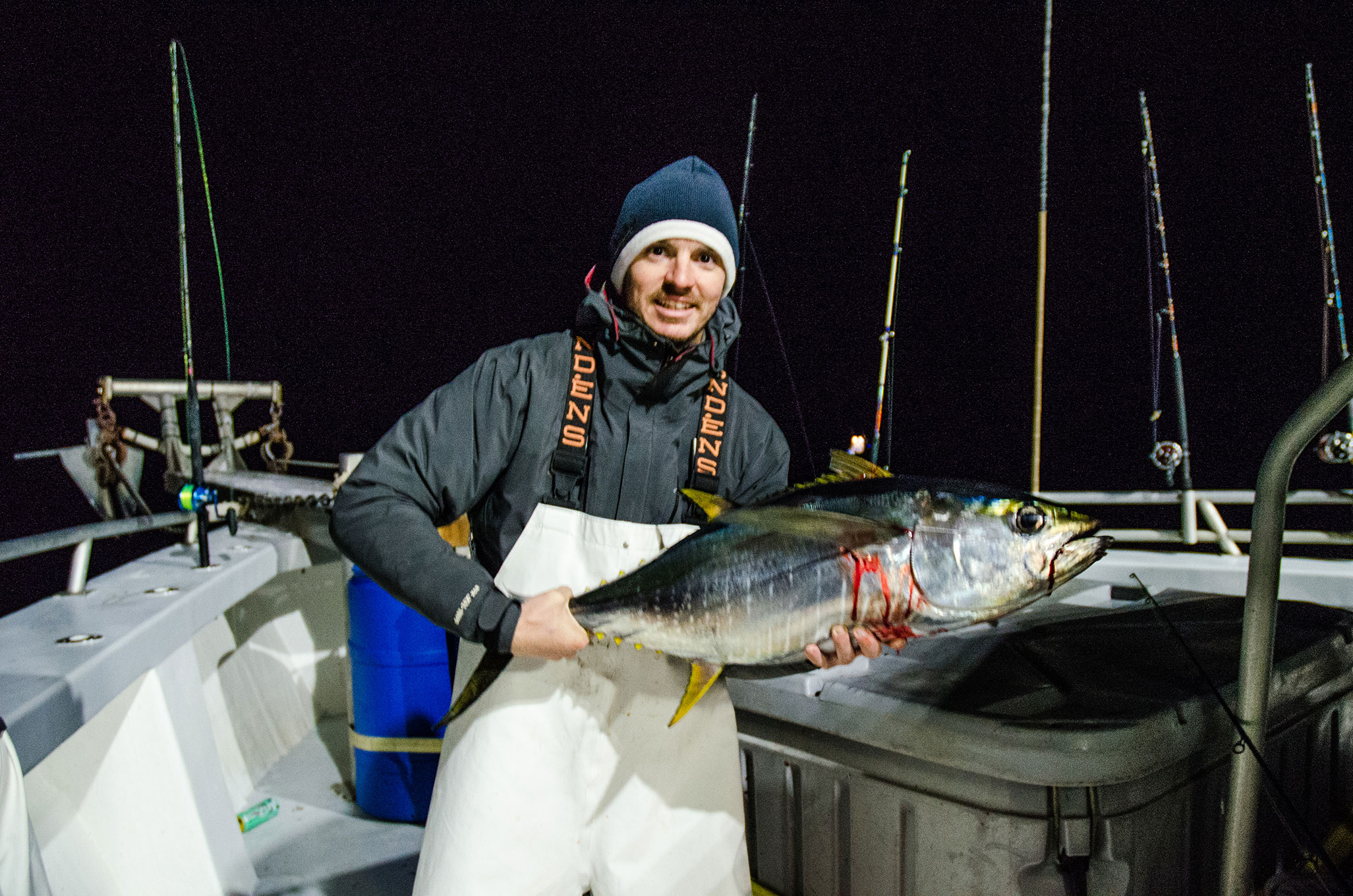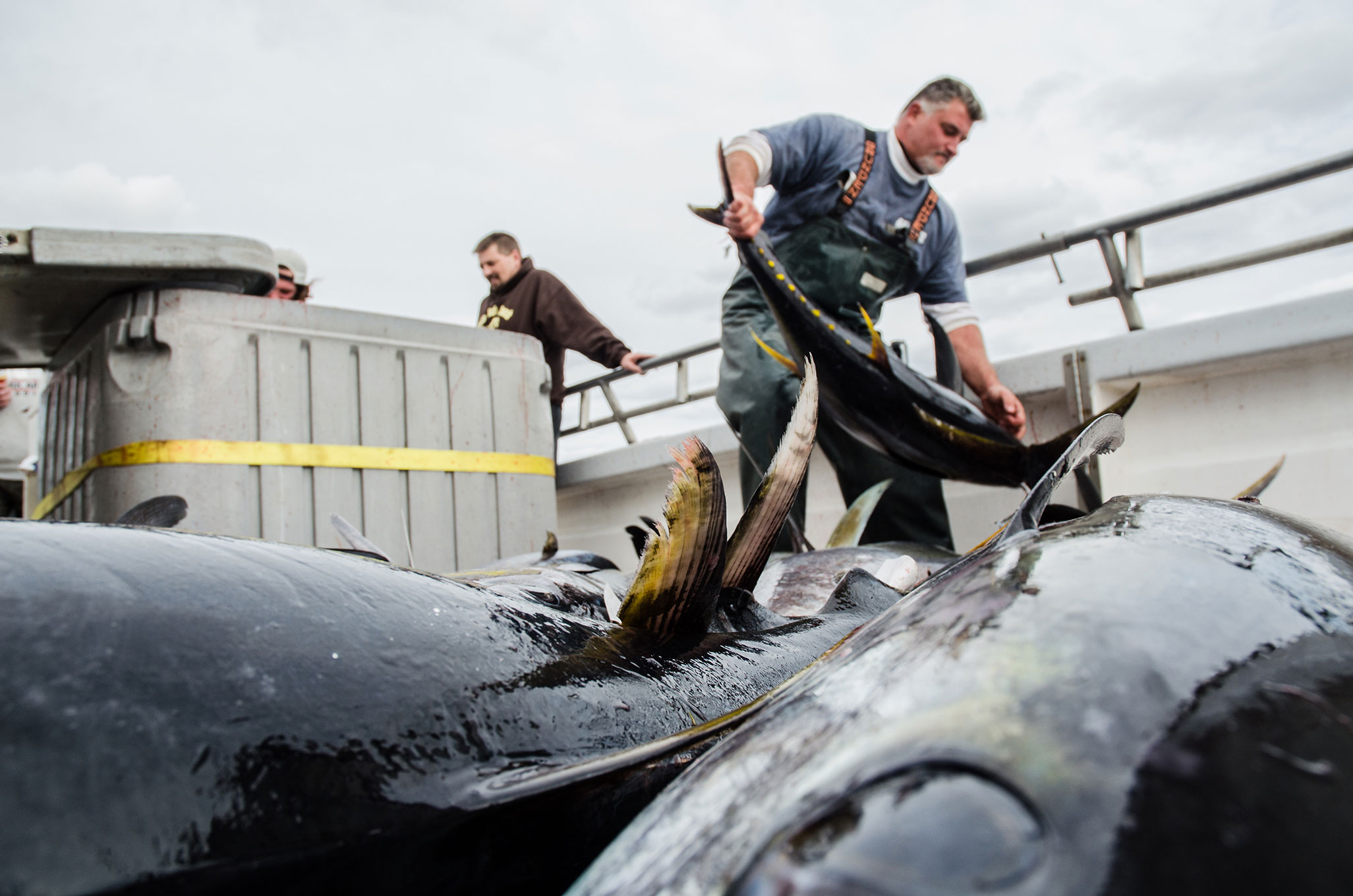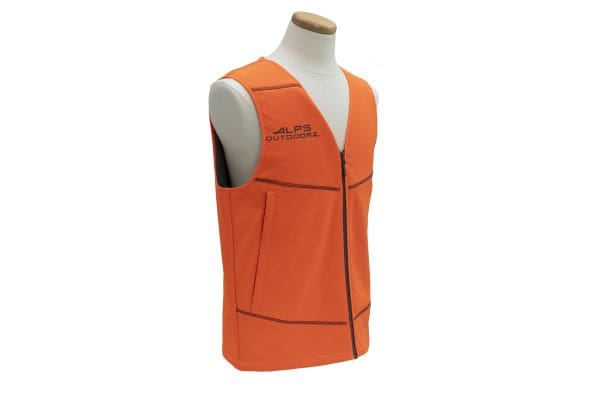Let’s call it like it is — offshore fishing is a rich man’s game. That’s not to suggest there aren’t places where giant tuna can be caught within range of your buddy’s single-engine, 22-foot center console, but by and large, getting after these fish is expensive. You either need a big, capable boat equipped to make long runs, or you need to hire a charter captain to take you to the tuna grounds. That latter option isn’t cheap, especially as fuel prices continue to climb. A private offshore tuna charter can run you anywhere from $2,000 to $8,000 depending on the size of the boat and your location. For many people who dream of battling these brute fish—and enjoying fresh, never-frozen tuna back home—the cost is a barrier. But party boats can make the dream of catching a cooler full of tuna a reality for far less money (less than $500 in many cases), and even if you’ve never spent a day offshore in your life, anglers of all skill levels can cash in on the deck of one of these giant vessels.
Party boats that run overnight offshore trips are most common in the Northeast and Southern California. Captain Darren Dorris, who now runs a private sportfishing yacht to tournaments all over the Atlantic Coast and Bahamas, started out as a mate on a party boat many years ago. He’s also spent years fishing on them, taking members of the fishing club he started at the New Jersey high school where he teaches on “overnighters” every fall. Though Dorris agrees party boat fishing is a great option for tuna hopefuls on a budget, if you’re a first timer there are some things you should know before you go that will make the trip as enjoyable as possible.
I recently had Dorris on the Quick Strike podcast to discuss how you can get in the tuna game without breaking the bank.
Beat Sea Sickness
The biggest difference between party boat fishing and fishing on private boats is a lack of control. Whether you’re out with friends or on a private charter boat, the anglers ultimately make the call on heading back to the dock if someone doesn’t feel good. On a party boat, however, you’re committed. To some people that idea of being stuck out there is off-putting, but Dorris says you can calm a lot of fears with a little pre-trip planning.
“If you’ve never been on a party boat offshore before, make sure you see your doctor first,” Dorris says. “Not because it’s dangerous, but because once you’re on that boat, you’re going. These boats are big, so even in 6- to 8-foot seas, the captain is probably not calling off the trip. With that in mind, get a prescription for a trans scopolamine patch, even if you’ve never gotten seasick before.”
According to Dorris, over-the-counter motion sickness medications like Dramamine and Bonine are not nearly as effective as prescription trans scopolamine, which is applied the day before the trip so it has time to get into your system. “You may never have gotten sick during the day, but when the sun sets it’s dark out there, you’re moving, the lights on the boat can affect you and there’s no going home if you don’t feel good. Trust me, just get it.”
Carry a Small Stick
Photo by Jimmy Fee
The beauty of a party boat is that you don’t really need to bring your own tackle. From rental rods to hooks, leaders to weights, and jigs to bait, these operations are full service. What they can’t give you, however, is the tackle you need to cash in on some of the side games that present themselves offshore.
“Is the rental gear on a party boat the best in the world? Not usually,” says Dorris. “It gets beat up season after season, but it will get the job done. If you don’t own an outfit capable of handling tuna, that’s OK. There’s no need to run out and buy one for your first time, but you definitely should bring a lighter rod of your own.”
Read Next: The Best Saltwater Rods
Dorris pointed out that while big-game fish like tuna and swordfish might be the primary targets, there’s often a plethora of smaller (and very delicious) species offshore. In the Northeast, mahi-mahi is a primary one, and it’s not uncommon for the captain to spend time looking for them in the morning after an overnight session. During the night, a lighter rod can also come in handy for jigging squid to use as fresh bait. He recommends bringing a medium-heavy spinning rod and reel loaded with 20-pound braid, because if you rely just on the tuna-caliber rental rod, your cooler could be lacking.
Bring the Right Gear

Photo by Jimmy Fee
It may sound like a no-brainer, but the worst thing you can do on any offshore trip is be underdressed. Even the change in temperature from a still boat to a moving boat can quickly make you uncomfortable, which can begin a spiral of discomfort that ruins your trip. Yet despite the notion of being properly dressed seeming so obvious, it’s an oft-broken rule.
“I’ve seen so many people that just don’t come prepared with enough clothing,” Dorris says. “In the Northeast it can be 80 degrees when you leave the dock in October. You have a wonderful ride out in a T-shirt and shorts, and then the sun drops, and it gets cold. Or it’s rough and the boat is taking spray, or the mates are hosing down the deck and suddenly you’re wet.”
The two most critical pieces of attire according to Dorris are a good pair of rubber boots that you can stand comfortably in all night and a good set of PVC slickers. Neither of these things have to be the most expensive on the market—the yellow ones from Wal-Mart are fine—but, above all else, you need to keep yourself dry. You also want to dress in layers to keep up with offshore temperature swings.
Dorris’ final tip? “I always tell people to bring a set of clean clothes for the ride home. There are no showers out there, and there’s nothing better after a good night of fishing than running home in clean clothes that aren’t covered in blood and slime.”
Read the full article here




